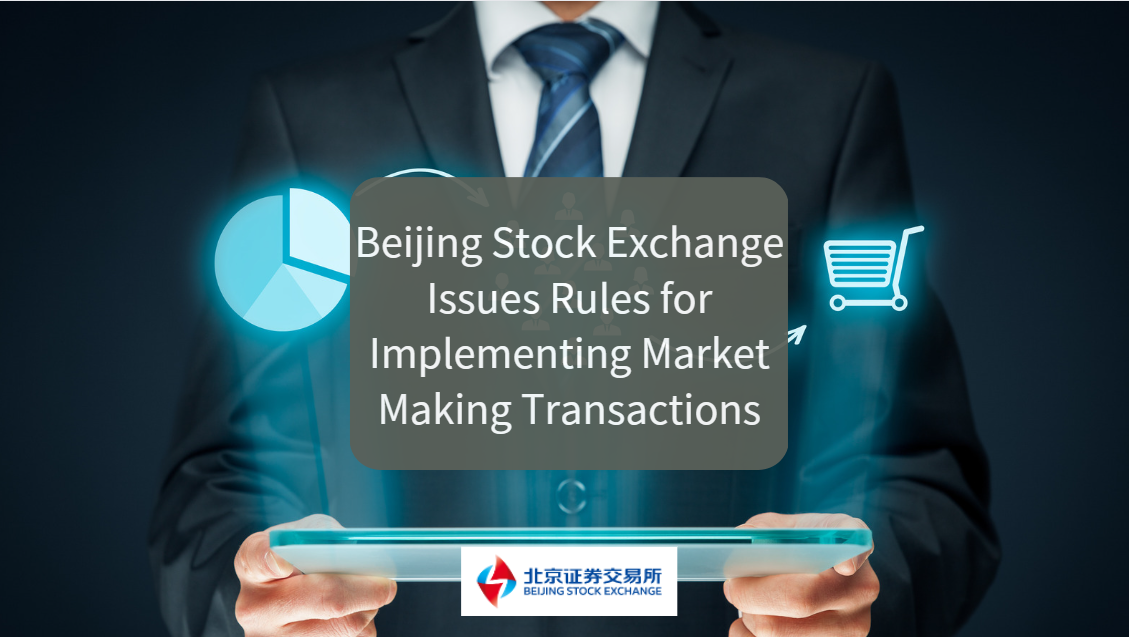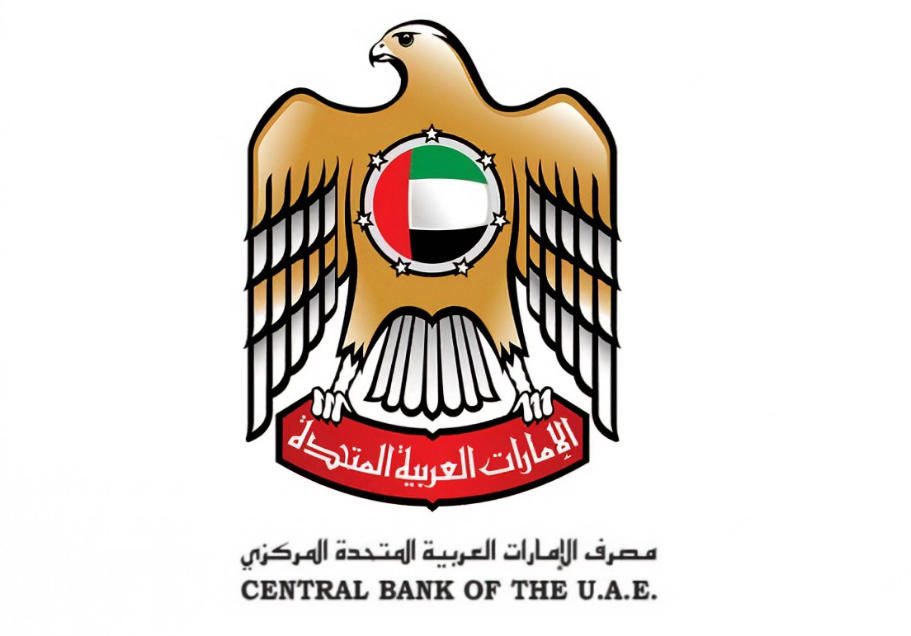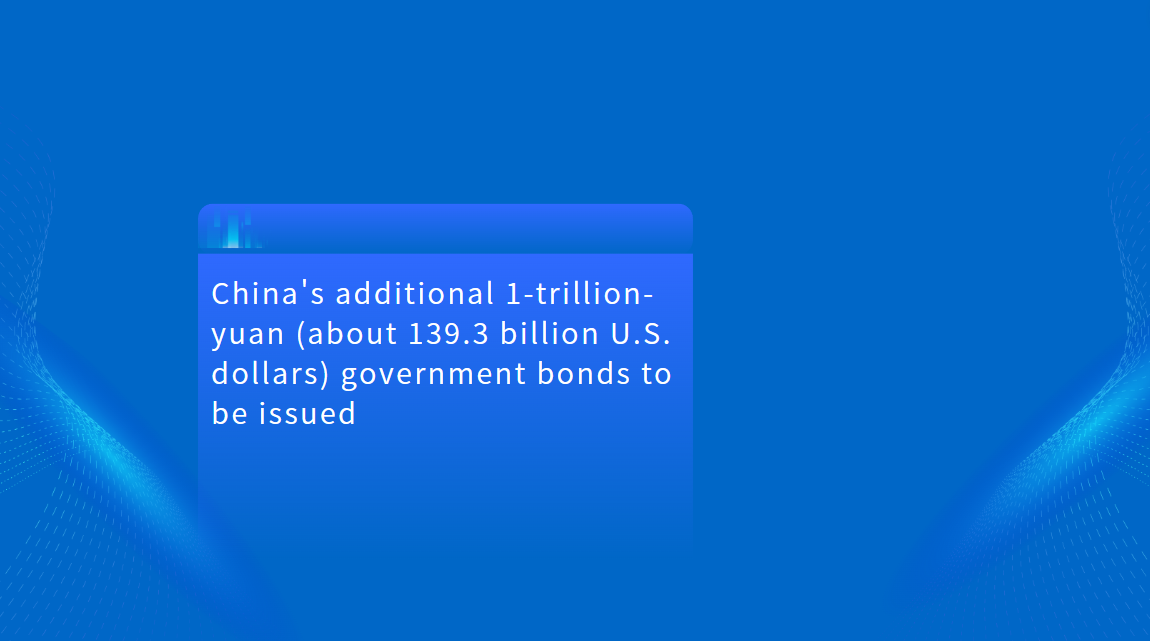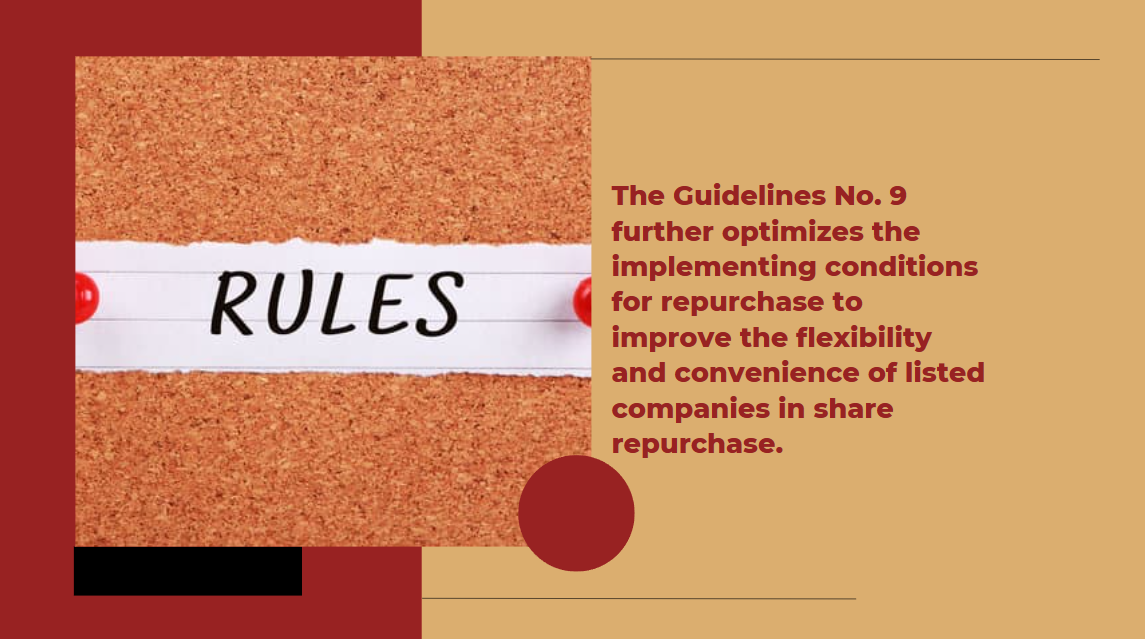From Policy to Portfolio: What China's New Consumer Finance Push Signals for Global Capital and Cross-Border Services
本文包含AI辅助创作内容
Over the past decade, China has articulated its ambition to rebalance the economy toward consumption. Yet despite improvements, consumption's share of GDP remains significantly below advanced economy norms. In 2024, household services consumption stood at just 18% of GDP, compared to 40% or higher in OECD countries. At the same time, household debt in China remains relatively contained, offering room for policy-driven credit expansion without immediate systemic risk.
This macro context helps explain why consumption is now being treated as both an engine for short-term stabilization and a pillar of long-term strategy. “With rising uncertainty in external markets, strengthening internal demand becomes not only a growth imperative but a risk management tool,” noted Dong Ximiao, chief researcher at Zhonglian Financial and deputy director of the Shanghai Institute for Financial Development.
The Opinions seek to mobilize financial resources across multiple channels—credit, bonds, equity, and insurance—to support consumer demand in three priority areas: traditional goods consumption (e.g. appliances, automobiles), services consumption (e.g. tourism, healthcare), and emerging “new-type” consumption (e.g. digital, green, and wellness-oriented goods and services).

A Complex, Layered Financial Agenda: Key Measures at a Glance
Among the 19 measures outlined in the guidelines, several have direct implications for market actors:
Credit Expansion for Households and Enterprises
Development of customized credit products for different consumer segments
Continued financial support for the “trade-in” program for durable goods
Launch of a RMB 500 billion relending facility for services and eldercare sectors
Capital Markets Access for Consumer Enterprises
Promotion of bond issuance for firms in education, culture, tourism, and healthcare
Encouragement of equity financing for startups and SMEs along the consumption value chain
Digital and Green Finance
Tailored financial products for digital consumption, health-related services, and ESG-linked goods
Development of credit scoring and lending models suited to non-traditional consumption formats
Payments Infrastructure and Cross-Border Compatibility
Improved acceptance of international payment cards
Expansion of digital renminbi pilots in consumer scenarios
Enhanced mobile payment and offline cash acceptance, especially for seniors and foreign visitors.
A Strategic Opportunity, Not a Tactical Play
Unlike prior cycles of short-term stimulus, this policy package is designed with a multi-year horizon. It forms part of a broader pivot toward a consumer-led growth model—one that integrates digital infrastructure, demographic shifts, and rising household expectations.
From a foreign business perspective, this implies that:
Engagement must be sector-specific and policy-aligned;
Returns will likely be longer-term and service-oriented;
Success requires local partnerships and regulatory literacy.
According to Lou Feipeng, senior economist at Postal Savings Bank of China, “This multi-tiered financial services framework is essential to supporting sustainable consumption growth. The clarity of direction also provides policy certainty for market participants.”
Translating Policy into Practice
China's evolving financial approach to boosting consumption presents a layered opportunity for international actors. It is not about tapping into China's old consumption cycle, which was largely transactional and product-based. It is about engaging with a new phase: one that values service delivery, financial integration, and institutional innovation.
For multinational banks, asset managers, fintech providers, and insurance groups, the message is clear—those who can co-create with Chinese counterparts, align with emerging regulatory objectives, and build capabilities in services rather than just products, will find the door open wider than it may initially appear.
And as the world's second-largest economy transitions into a new phase of growth, that door could lead to one of the most consequential consumer markets of the next decade.





















































First, please LoginComment After ~